AG Kawamura, Former Secretary, CDFA and Co-Chair, SFL
A.G. Kawamura is a third generation urban farmer from California. He is the former Secretary of the California Department of Food and Agriculture (2003-2010). As co-chair of Solutions From the Land, he has worked to promote innovative strategies for sustainable agricultural systems, including the formation of the North American Alliance for Climate Smart Agriculture. He serves on several boards and committees including: The Board on Agriculture and Natural Resources (BANR), a policy arm of the National Academy of Sciences’ Natural Resource Council; National Executive Committee member of 25×25; Ag Advisory Committee member of The Chicago Council on Global Affairs and the Agree Initiative; External Advisory Board for the Agricultural Sustainability Institute at UC Davis. He is a former chair and current board member of Western Growers Association. Locally, he is the founding chair of Solutions For Urban Agriculture (Previously Orange County Harvest) and for over 30 years has been dedicated to the goal of ending hunger in Southern Calif by working in innovative ways to provide fresh produce to local food banks. Through his company, Orange County Produce, LLC, he is engaged in building an exciting, interactive 21st century 100 acre agricultural showcase at the Orange County Great Park in Irvine, CA.
Q1. Can you tell us about your journey in the agriculture industry?
I am fortunate to be a third-generation grower and shipper of fruits and vegetables from Southern California. My first true farm responsibility came at 14 when I was unexpectedly given the task of caring for 50 hives from a retiring beekeeper. I didn’t know anything about bees, but I quickly learned that they did most of the work while all I had to do was harvest the honey and find a market to sell it. During those early years, I learned about life systems, bee stings, disastrous bee diseases, invasive moths and ants, and catastrophic flooding and loss when my hives were washed off a riverbank six years later. It was during college that I became dedicated to the thought of working to end hunger and food insecurity which led to the logical option of pursuing an agricultural career. After graduating college (with a comparative literature major) I came home to our family business. I worked in our packing shed loading trucks by hand, learning to drive a forklift, and later, driving truckloads of produce to chain stores and LA Terminal Produce Market. I began to participate in our produce sales and within a few years oversaw all sales, including exports. After eight years, I transitioned from the sales office to the farm as I was fortunate to have learned and studied Spanish. I had many mentors and older farmers who helped teach me many of the basics of farming, as I did not have an agronomy, mechanical, or science background. I stayed involved in industry associations from County Farm Bureau to Western Growers Association to USDA-FAS. With each organization came leadership opportunities and I was fortunate to serve on the California State Board of Agriculture. These various leadership positions helped prepare me for a chance to serve as the appointed Secretary of the Calif. Department of Food and Agriculture for seven years in Gov. Schwarzenegger’s Administration. After public service, I returned to the farm and continued participating on several agricultural policy boards locally, nationally, and internationally. These policy ‘think tanks’ led me to believe that we needed to create a ‘do tank’ mentality and work to change things like food insecurity, ecosystem services, and invasive species instead of just talking about what needs to be
Q2. What is SFL (Solution From Land) and what motivated you to create SFL?
SFL is a farmer-led, UN-accredited NGO that strives to showcase a 21st-century agricultural awakening of solutions to some of the greatest challenges for humanity. It was during COP 15 in Copenhagen that a few of us from the agricultural sector complained to various diplomats, dignitaries, and delegates that Agriculture was being ignored during the discussions around climate change. I remember telling anyone who would listen that ‘unpredictable weather leads to unpredictable harvests’ and why there was so little discussion about the impacts on the global food system and the challenges we face in getting food from the farm to the table. SFL was created out of an increasing frustration that agriculture was being singled out by some activists and governments as causing global problems. It was clear to many of us that new and ancient thinking, science, technology, and innovation change the way we do things and the multi-benefit outcomes that can be found through collaboration. SFL continues to represent the voice of farmers, ranchers, foresters, and fisherfolk who are “doing” remarkable work as stewards of land and life systems.
Q3. Being a grower yourself and on multiple boards and advisory committees, what do you think are the major challenges faced by farmers? How can the industry address them?
The greatest challenges for farmers are ignorance, misunderstanding, and over-regulation. Good intentions by policymakers continue to make it tougher to stay in business, slow down the pace of innovation and new tools, and create misguided assumptions about how farmers stay productive. The industry needs to show up and participate in these policy conventions, whether it’s the UNFCCC, UNEP, FAO, etc.
Q4. You are the founding chair of Solutions For Urban Ag (SFUA.org). Tell us more about SFUA.
SFUA was born out of concern for our farm products being wasted by culling out ‘cosmetic defects’. Almost 40 years ago, I watched us discard thousands of pounds of cabbage because of old insect damage on the outer leaves. I reached out to a community group of “gleaners” who had hoped to come into our fields after harvest to glean the leftovers. We redirected our ‘culls’ into their bags and boxes and built a relationship with the local food banks by working with community volunteers on large-scale ‘gleaning’ projects that turned into ‘harvest’ projects as we could see an innovative pathway to create farm-to-food bank partnerships. For over 30 years, SFUA has continued to build proof-of-concept, urban ag projects. Today SFUA has one of the most impactful farm-to-food bank collaborations in the nation.
Q5. With this magazine, BAW Digest, we bring the major developments in the BioAg space to one platform for our readers and promote BioAg to support the BioAg community. What synergies do you see can be developed with organizations like Solution from Land and Solution from Urban Ag to make BioAg mainstream?
The exciting advances in Bio-Tech and Bio-Ag are astounding given where we were just a generation ago. In my lifetime, I remember as a young boy petting a ‘retired’ mule from a plow team in a barn on our farm. The cascade of new knowledge and data combined with ‘new thinking’ is delivering sustainable solutions to some of our greatest challenges. The remarkable results being delivered by farmers need to be highlighted and showcased so policymakers and regulators can better see that their ‘old thinking’ is holding them back from embracing the potentiality of 21st-century agriculture. Bringing those ‘old thinkers’ onto the farm, either virtually or in person makes believers out of them when they see how quickly our farmscapes are changing. We often mention that farmers must have full access to a robust and growing “toolbox” of technologies and products. It doesn’t mean that we will use every tool on our farms but the tools that make the predictability of successful agriculture more likely.


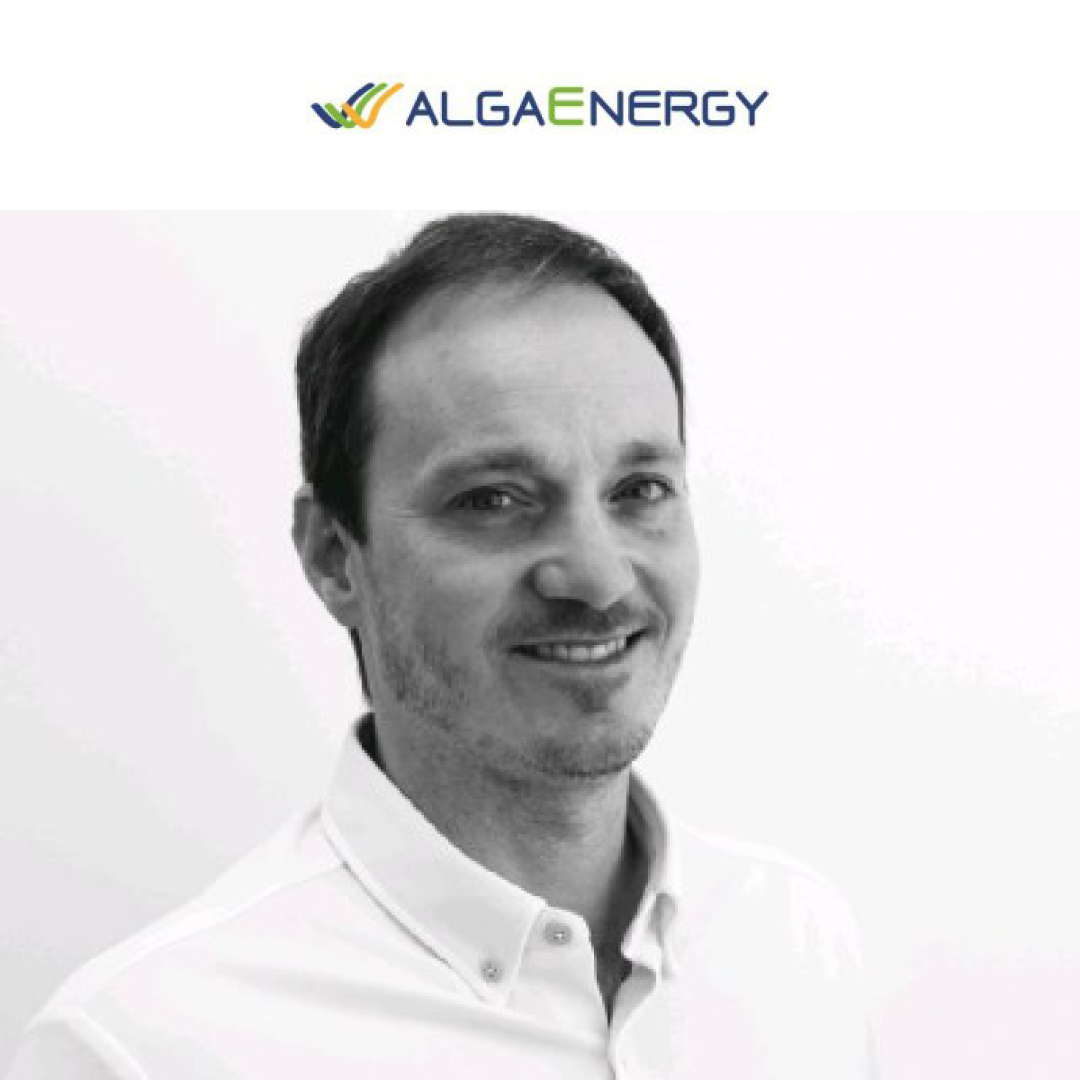
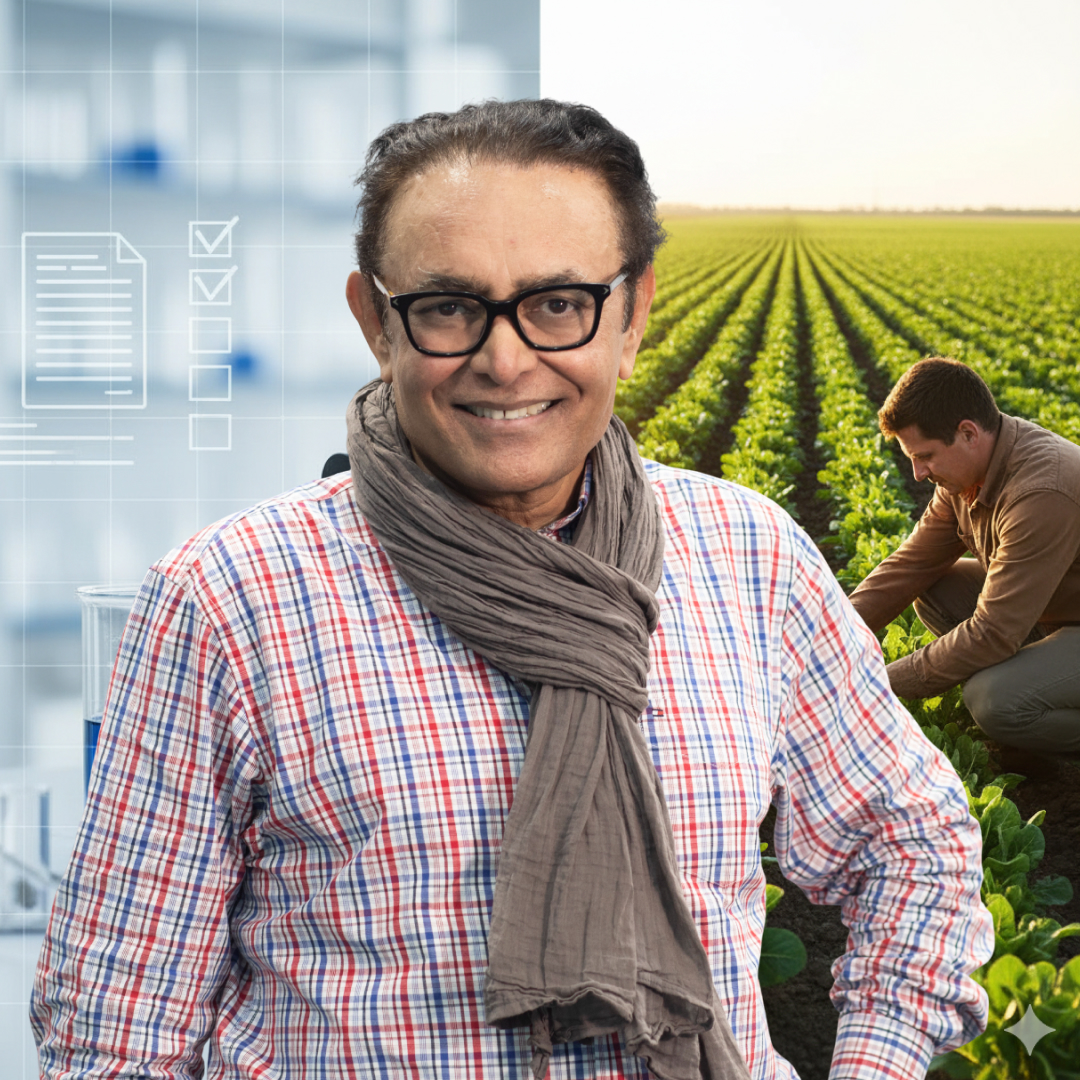
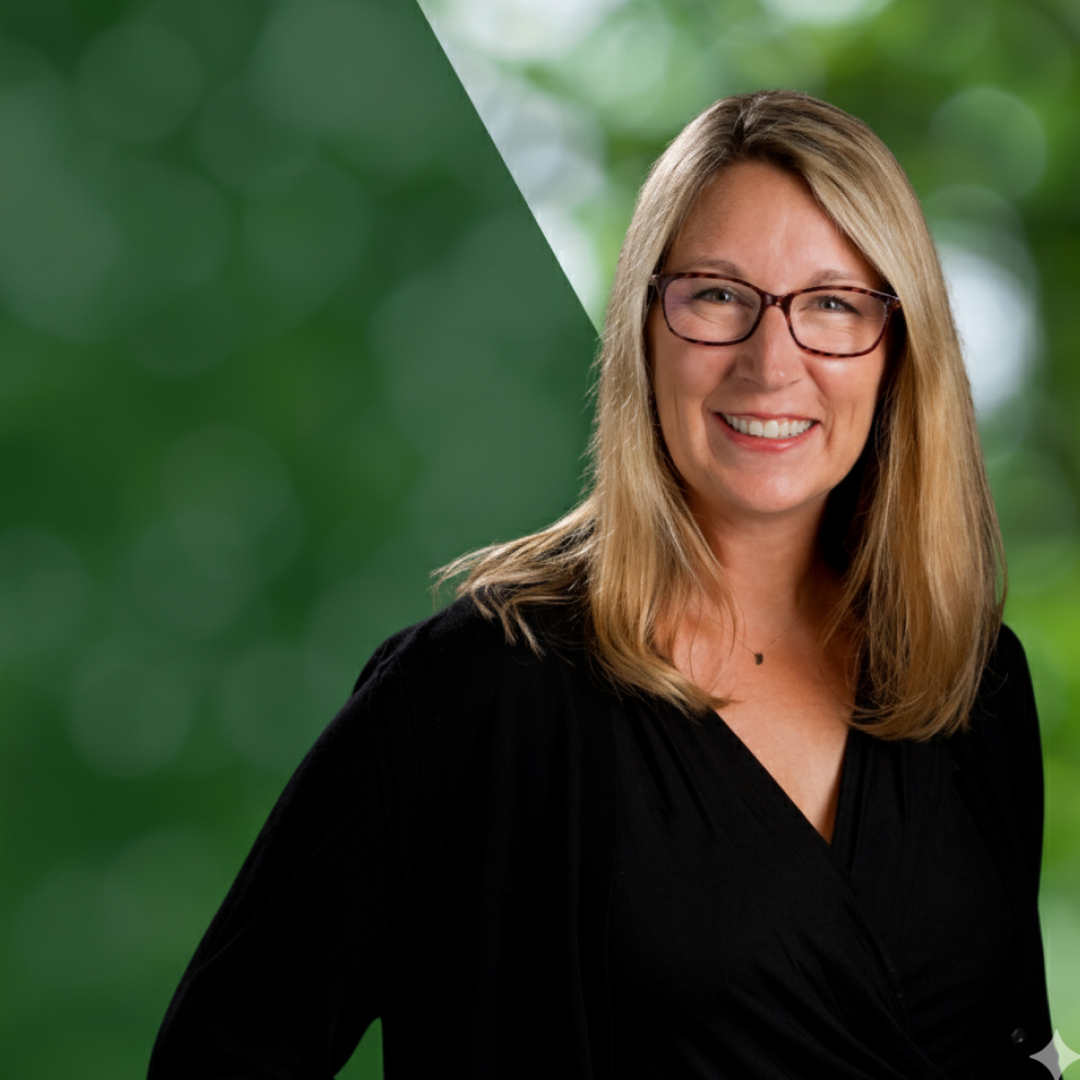

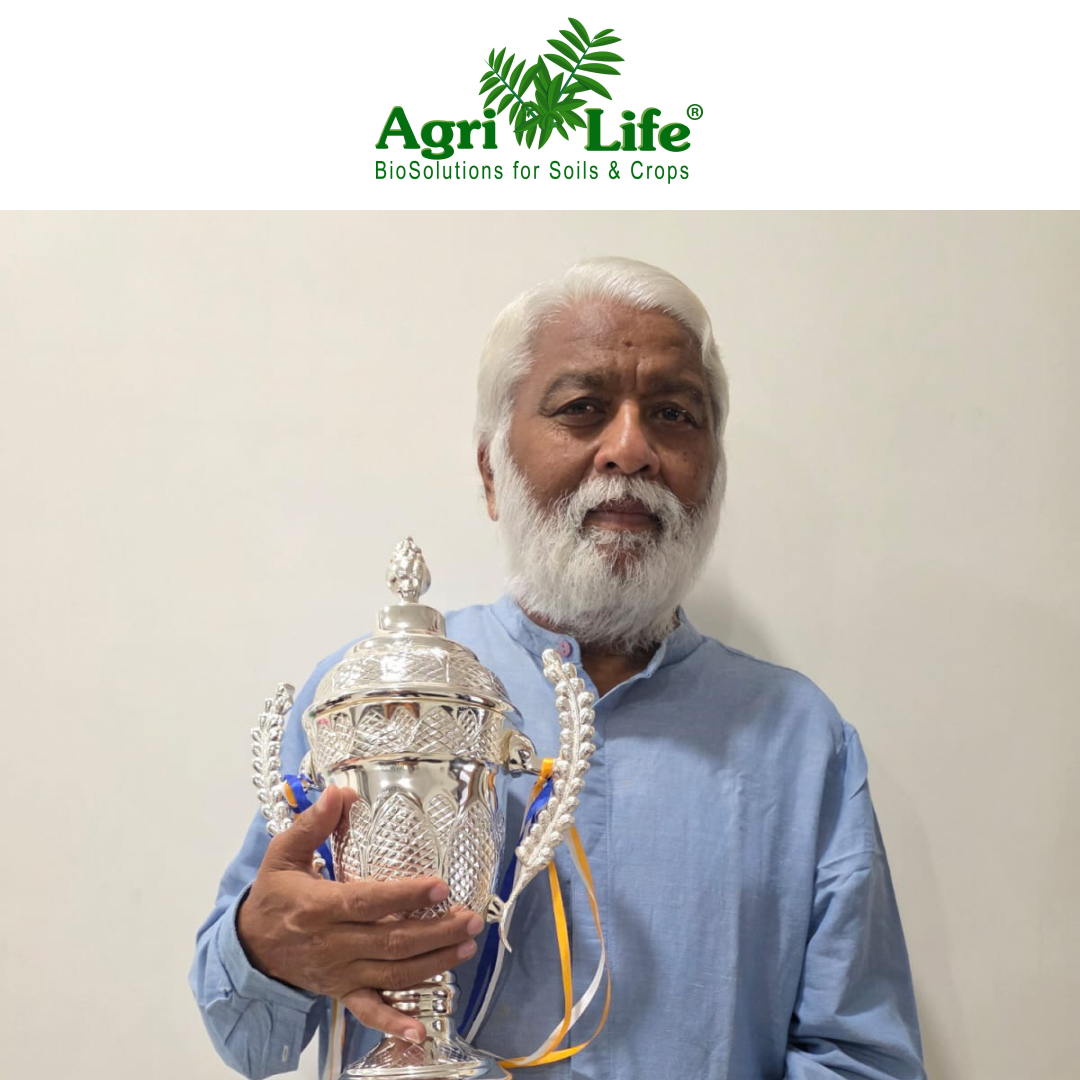
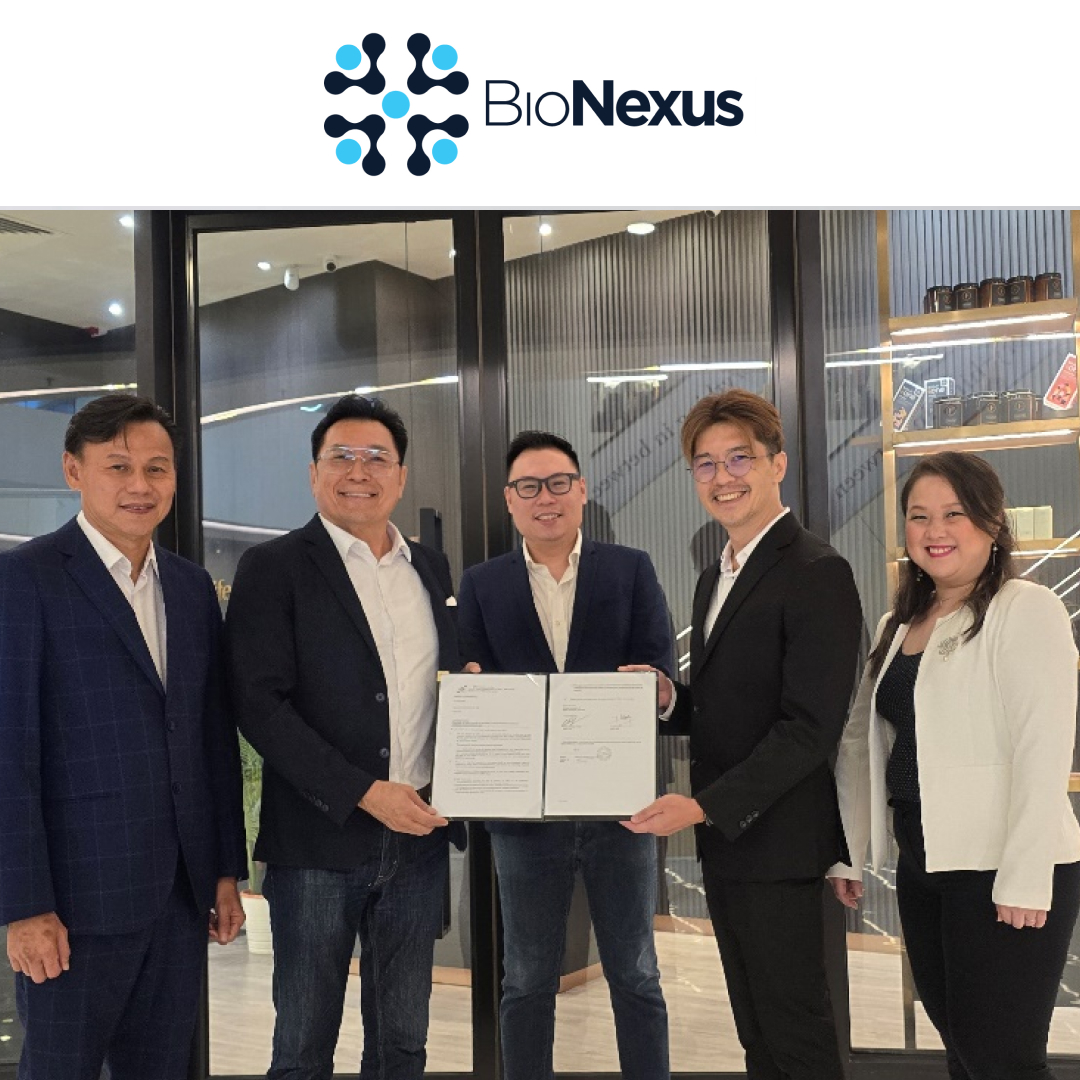
Leave a Reply